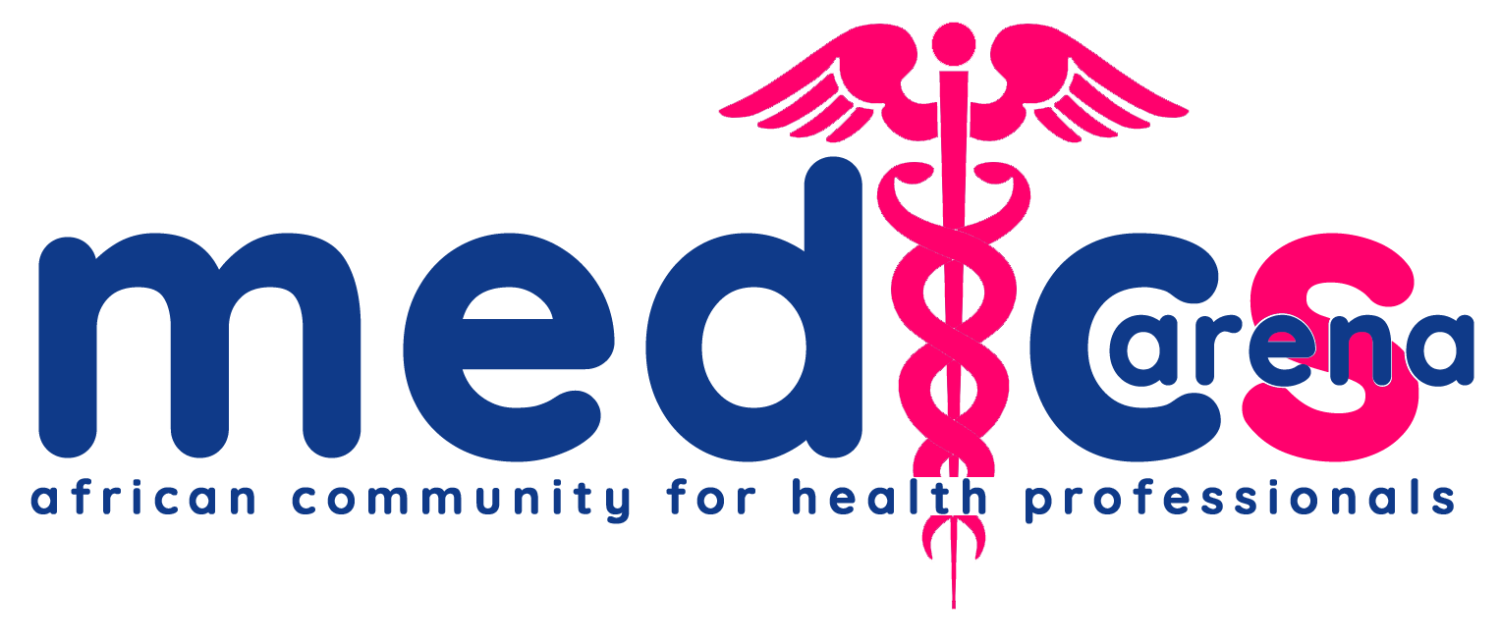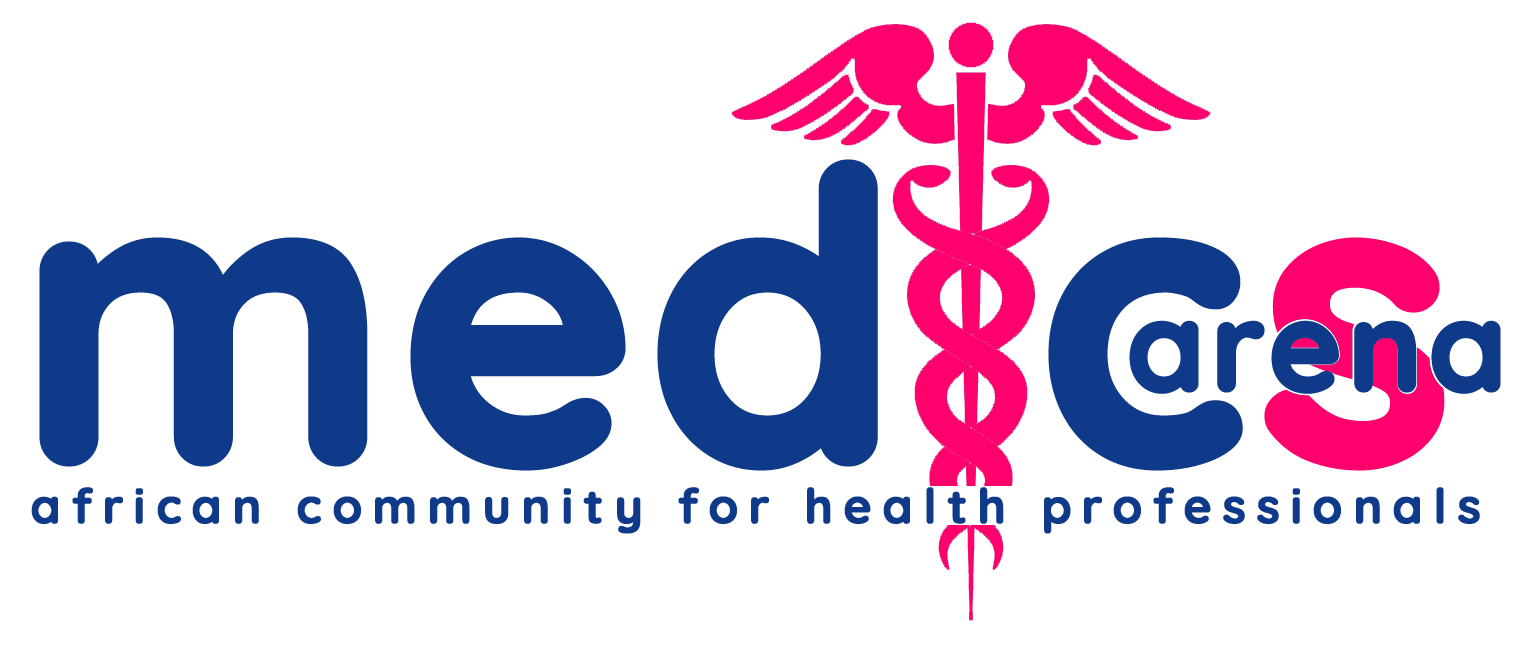Lots of boozing might increase your risk for a stroke, Swedish researchers report.
Heavy alcohol use can triple your risk for peripheral artery disease, a narrowing of arteries that results in reduced blood flow, usually to the legs. It can also increase your risk for stroke by 27%. There’s also evidence of a link to coronary artery disease, atrial fibrillation and aortic aneurysm, the researchers said.
“Our study indicates that alcohol consumption increases the risk of high blood pressure and certain cardiovascular diseases and, therefore, should be consumed in moderation or not at all,” said lead researcher Susanna Larsson, an associate professor of epidemiology at the Karolinska Institute in Stockholm.
Although it’s not clear exactly how alcohol increases stroke risk, Larsson said drinking boosts blood pressure, so that’s a likely explanation.
A unique aspect of this study was how it was done. Rather than relying on people reporting their level of drinking, the researchers used a method known as Mendelian randomization. It looks at people’s genes to determine if they have mutations that are known to be associated with potential risk factors. In this case, they looked for gene variations that influence heart disease and alcohol use.
“Genetic variants are randomly assorted at conception, cannot be modified, and are not associated with other self-selected behaviors or environmental factors that could bias the results,” Larsson said.
While the study’s design let researchers isolate the role of alcohol, it did not enable them to determine the level of drinking that caused harm.
“We cannot say that alcohol consumption below a certain amount is ‘safe,'” Larsson said.
Dr. Larry Goldstein, chairman of neurology at the University of Kentucky in Lexington, reviewed the findings.
He said studies that identify a link between a potential risk factor and a disease based on patterns in the community have several limitations that make it difficult to establish cause and effect. The new research counters that.
“In this study, genetic variations associated with alcohol consumption were used as reflecting actual alcohol consumption and supported a causal association with stroke, possibly through an effect on blood pressure,” he said. “The results support previous studies using this technique.”
For the study, Larsson’s team used genetic data from several large-scale consortia and the U.K. Biobank, which includes 500,000 people.
The American Heart Association noted that alcohol can be part of a healthy diet when consumed in moderation.
Moderate drinking is no more than one drink per day for women and two drinks for men. One drink means 12 ounces of beer (5% alcohol); 5 ounces of wine (12% alcohol); or 1.5 ounces of 80-proof spirits such as bourbon, vodka or gin (40% alcohol).
Because the number of heavy drinkers in the study was low, Larsson said the added stroke risk probably is not restricted to them alone. She said it wasn’t possible to tell how much or how often people drank.
Dr. Gregg Fonarow, a professor of cardiology at the University of California, Los Angeles, said many studies have linked drinking with a reduced risk for heart disease and stroke. These studies have contributed to a perception that alcohol may have heart-protective benefits, he said.
“Yet, these observational studies are subject to bias, and there have not been large-scale randomized trials to provide high-quality evidence,” he said.
The new findings, however, are evidence that drinking doesn’t have heart-health benefits, Fonarow said.
“It further suggests that findings from prior observational data were likely the result of confounding factors,” he said. “It also raises the possibility that there may be other cardiovascular risks associated with alcohol that should be considered.”
The report was published online May 5 in the journal Circulation: Genomic and Precision Medicine.

